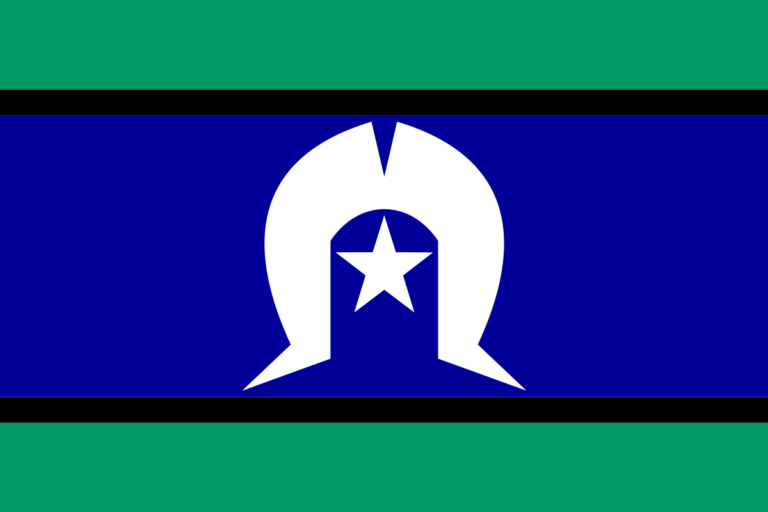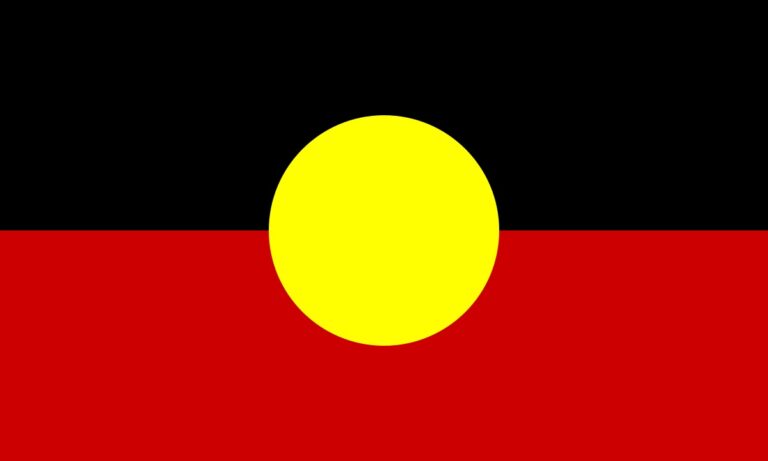Researcher
Prepared by Hall and Partners for the Foundation for Alcohol Research and Education.
Summary
In Australia, alcohol products that carry a warning label relating to pregnancy typically feature either a pictogram, depicting a pregnant woman holding a glass overlaid by the universal prohibition symbol, or the warning text ‘It is safest not to drink while pregnant’. A previous research survey found a portion of consumers misinterpreted the meaning of these alcohol warning labels. Specifically, these consumers indicated that consumer information messages on alcohol labels can make you think ‘drinking a little alcohol while pregnant would be ok’.
The research reported here was commissioned by the Foundation for Alcohol Research and Education (FARE) to investigate consumer understanding and interpretation of the two most commonly used consumer information message labels for alcohol and pregnancy in more depth, and to explore whether there might be potential to enhance their effectiveness. This research provides independent evidence on this issue ahead of the upcoming Government consultation on alcohol pregnancy health warnings labels.
A total of eight focus groups were conducted in late February and early March 2018; four with women who were pregnant or trying to conceive, two with partners of this target group, and two with female peers. The key findings and implications of the research are summarised below.
Key findings
- Prevailing social norm is to avoid alcohol during pregnancy, but occasional small amounts may not be considered harmful
- Size and placement of consumer information messages could more effectively attract consumer attention
- Current pictogram communicates that pregnant women should not consume alcohol, but does not appear to challenge existing beliefs
- Current warning text may reinforce a belief that low level alcohol consumption in pregnancy poses negligible risk of harm
- Consumer information messages could be enhanced by combining the pictogram with text to explain consequences of alcohol consumption in a way that credibly challenges existing beliefs






